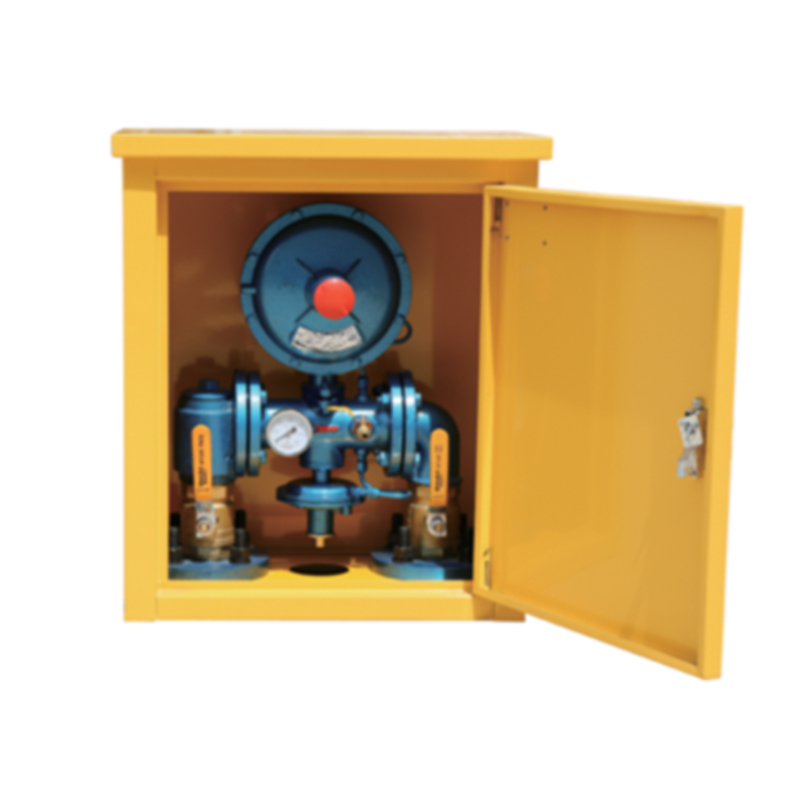
Oct . 11, 2024 01:33
Back to list
مبادل حراري
Understanding Heat Exchangers A Comprehensive Guide
Heat exchangers play a vital role in many industrial applications, helping to transfer heat from one medium to another efficiently. They're pivotal in industries ranging from HVAC (heating, ventilation, and air conditioning) to power plants and chemical processing. This article will delve into what heat exchangers are, how they work, and their various types and applications.
What is a Heat Exchanger?
A heat exchanger is a device specifically designed to transfer heat between two or more fluids while keeping them separated. The fluids can be in either liquid or gas form, and they may be at different temperatures. The main goal of a heat exchanger is to utilize energy efficiently, save costs, and reduce energy consumption.
How Heat Exchangers Work
At its core, a heat exchanger uses the principle of conduction and sometimes convection to transfer heat. When two fluids at different temperatures come into contact, heat naturally flows from the hotter fluid to the cooler one. The efficiency of this heat transfer depends on factors such as the surface area of the exchanger, the temperature difference between the fluids, and the materials used in its construction.
.
Types of Heat Exchangers
مبادل حراري

There are several types of heat exchangers, each designed for specific applications and requirements
1. Shell and Tube Heat Exchanger This is one of the most common designs, consisting of a series of tubes, one set carries the hot fluid, and the other carries the cold fluid. This design is robust and capable of handling high-pressure conditions.
2. Plate Heat Exchanger Made up of thin plates stacked together, this type is highly efficient at transferring heat because of the large surface area created by the plates. They are often used in food processing and other applications where cleanliness is critical.
3. Air-Cooled Heat Exchanger These systems use air to cool the fluid. They are common in applications where water is scarce or where it is not feasible to use water for cooling.
4. Double-Pipe Heat Exchanger This is one of the simplest designs, consisting of one pipe within another. The hot fluid flows through the inner pipe, while the cold fluid circulates in the annular space between the two pipes.
Applications of Heat Exchangers
Heat exchangers are used in a vast array of industries. In power plants, they help in the cooling process of steam after it has turned turbines. In chemical processing, they control temperatures during critical reactions. HVAC systems also rely on heat exchangers for effective heating and cooling of buildings.
In conclusion, heat exchangers are indispensable components of modern industrial systems. Their ability to improve energy efficiency contributes significantly to cost savings and environmental sustainability. By understanding the various types and applications of heat exchangers, industries can make informed choices that cater to their specific thermal management needs.
Next:
Latest news
-
Safety Valve Spring-Loaded Design Overpressure ProtectionNewsJul.25,2025
-
Precision Voltage Regulator AC5 Accuracy Grade PerformanceNewsJul.25,2025
-
Natural Gas Pressure Regulating Skid Industrial Pipeline ApplicationsNewsJul.25,2025
-
Natural Gas Filter Stainless Steel Mesh Element DesignNewsJul.25,2025
-
Gas Pressure Regulator Valve Direct-Acting Spring-Loaded DesignNewsJul.25,2025
-
Decompression Equipment Multi-Stage Heat Exchange System DesignNewsJul.25,2025

